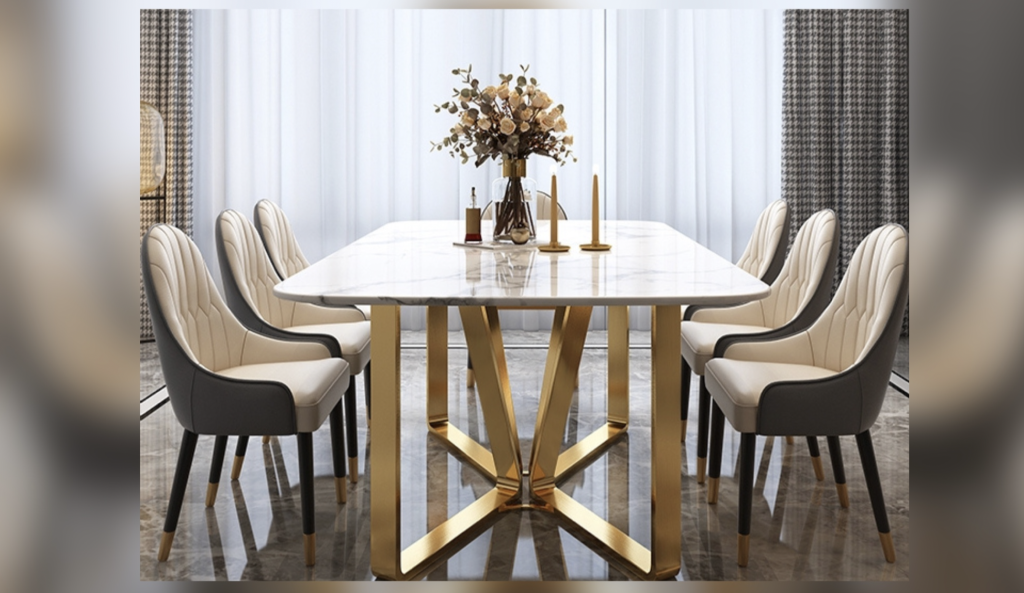Your home has windows for a good reason. The curtains on those windows too are put up there for an equally good reason. Windows are a home’s way of connecting with the outside world through natural light’s inflow and the ease of seeing activity outside. Curtains, on the other hand, are there to stop or minimize the outside light from getting in and inside views from getting out.
To get the best of both worlds i.e. to stop or let in light and to open or curtail views, your window treatments need to be efficient. One tried, tested and effective method of getting this balance right is to hang two layers of custom curtains. More specifically, one layer of blackout curtains and one layer of sheer curtains.
First, let’s get to know briefly what are sheer and blackout curtain types.
- Sheer curtains : These are unlined curtains made of a lightweight and translucent or transparent fabric such as linen, lace, voile, tulle, muslin, organza, etc. Sheer curtains filter in natural light and diffuse it too for a softening effect. These make your space feel airier and brighter. The drawback of sheers is that they reduce your privacy by letting those outside see into your space, especially in the evening and night hours when your room lights are on.
- Blackout curtains: These are curtains made of dense and opaque fabric (double or triple woven) to block all incoming light. Blackout curtains are good for protecting your privacy, helping you sleep sounder, and giving some heat/cold/ noise insulation too. These are a lifesaver for those who work irregular or late shifts and need to sleep till late to get their rest. That’s not all; blackout curtains also protect your furnishings from getting sun bleached in rooms that otherwise get harsh sunlight inflow.
Why we recommend layering sheer and blackout curtains.
We recommend layering the two together for one simple reason. When you hang a layer of sheers – whether curtains or sheer custom roman shades – in front of or behind blackout curtains, you can block out all light or let in light partially or fully to your liking. What’s more, you get to do so with style!
Now that we know why we should layer sheer and blackout curtains, let’s know more about how to do it.
There are two ways you can layer your sheers and blackouts together.
- Sheers at the front, blackouts behind – This makes the sheer curtains visible from inside the room. As sheers are see-through and lightweight, this also softens the window. You can also pull back the sheers for a stylish draping effect. Or you can let the sheers cover the blackouts and create an attractive textured effect through contrast.
- Blackouts in front, sheers behind – This method hides the sheers completely behind the blackout curtains. Once you pull aside the blackout curtains, sheers become visible. As sheers diffuse the incoming light, this still gives some protection to your privacy. You can also pull back both blackouts and sheers for unrestrained light inflow and views.
Second, the colors and designs of the curtains.
Curtains aren’t just functional furnishings, these also add to a space’s aesthetics. Gone are the days when blackout curtains were usually drab-looking and sheers were mostly white. Now there’s a wide range of colors, prints, and weaves available in both categories.
If your sheers are going to top the blackouts, you can play around with contrasting colors and textures. However, if the sheers are going to be hidden behind the blackouts most of the time, you need to pay more attention to getting the right curtain to go with the rest of your room.
Third, the curtain heading style.
There are many heading types for curtains. Like pinch pleats, pencil pleats, grommet tops, etc. For blackout curtains, we recommend avoiding styles like grommet tops and tab tops as their large holes and loops can let some light seep in. If you are placing sheer curtains as the top layer, do keep the headings uniform for both layers as both will be visible. However, if the sheers are going to be the base layer, you can choose different headings as sheers will mostly be hidden.
Next, let’s talk about the curtain hanging system for layering the two.
Ideally, you should use a double rod system where two independent rods joined at their ends are installed. This enables clear separation between the two layers and also enables ease of pulling aside either layer as per your requirement.
If you can’t install a two-rod system, there are hacks to get around it, like hanging a spare rod from the installed single rod using thick rubber bands or zip ties.
Do remember that if you wish to pull back both layers aside, you need two panels of each type.
Last, hang the layered curtains higher and wider than the window height and width.
Blackout curtains are hung to block out external light from getting in. If your curtains are just the window size, this will let in some light from the top and the sides. We recommend hanging the curtain rod a few inches higher and wider than the window frame. For a harmonious look, hang the layering sheers too – whether at the front or the back – at the same level.




